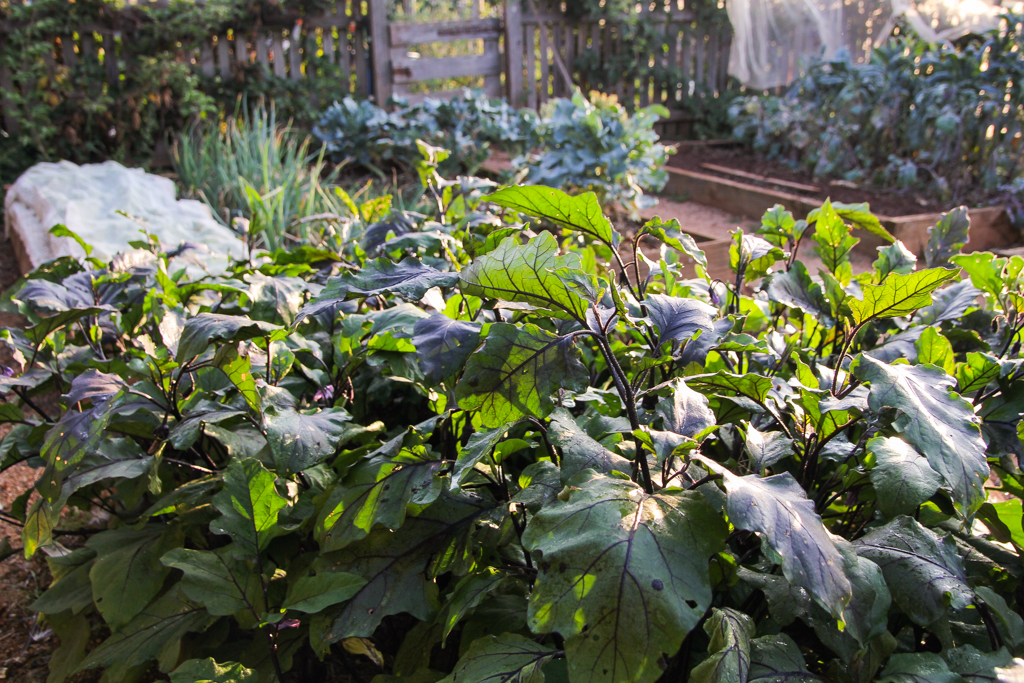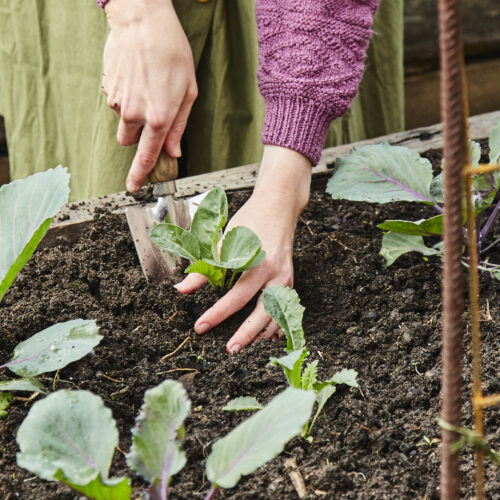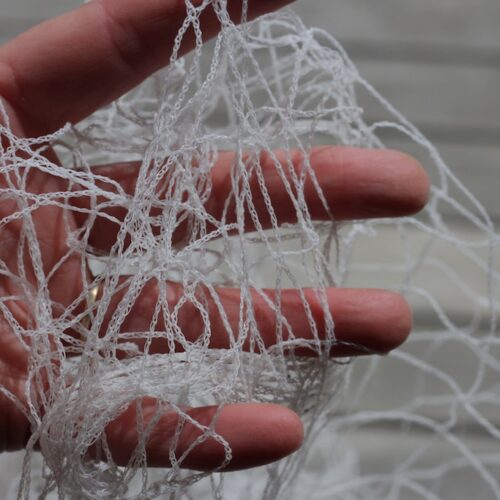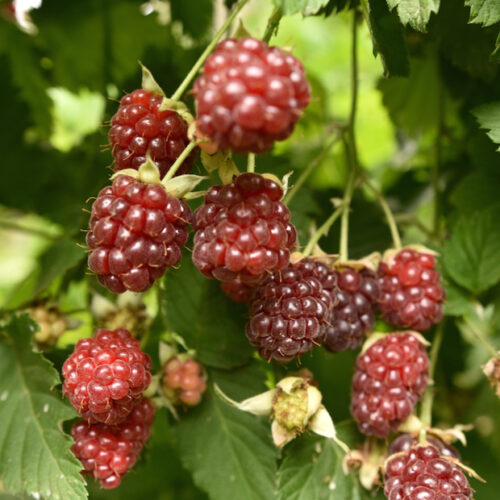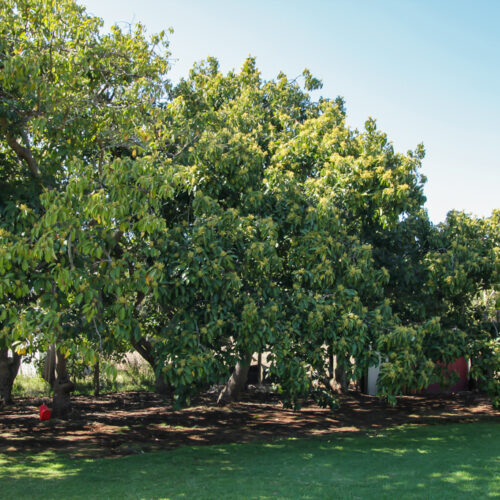Get ready for the cool season in February
2016-02-02T00:36:10+11:00
Summer is gradually coming to a close, which according to JUSTIN RUSSELL, means time to get planting cool season crops.
As I write, it’s 34 degrees outside with a foul north-westerly wind tearing straight out of the desert. In other words it’s horrid weather for planting anything, let alone the cool season crops I’m aiming to get in the ground this month. But don’t be fooled. To reap a bumper harvest in July, it’s necessary, at least in my climate zone, to plant things like brassicas and carrots while the weather is still warm.
The big box stores clearly know zip about gardening because they haven’t yet cottoned on to this plant now harvest later concept. I went to buy some cool season seedlings on the weekend, and surprise, surprise, the vegie selection was in full blown spring and early summer planting mode. I went home empty handed and I’m kind of glad – I’ll now have to sow seed and be a bit more patient than I would have otherwise. This is a good outcome.
So for those of you in cool temperate, warm temperate and semi-arid/arid climates, February is the month to get stuck in. Plant broccoli (starting with long season types such as ‘Purple Sprouting’), cauliflower, cabbage, kale, mustard, chicory, lettuce, Asian greens (such as wombok, bok choy, choy sum etc), mizuna, rocket, leek, spring onion, celery, Florence fennel, carrot, parsnip, turnip, radish, beetroot, silverbeet and coriander. You can even sneak in some peas – in my part of the world, the best crops tend to be in autumn, not spring. In arid zones evaporation rates will remain high for a couple of months, so protect young seedlings with shadecloth and keep plants well watered until they’re established.
If you live in an area prone to frost, late summer isn’t the time to plant tender evergreen fruit trees such as citrus. Young trees planted now don’t have time to become established, making them much more prone to freeze burn. If you want to plant fruit, stick to potted deciduous trees, or place orders with bare root nurseries now for delivery in winter. Wait until spring to plant citrus.
In subtropical areas that don’t get frost, you can pretty much plant whatever fruit trees you like during February. In fact, late summer and autumn is a better planting time that spring for many trees as wet season rains generally do a good job of watering new plants and getting them off to a good start. Try citrus, guava, lychee, avocado, and mango, among others.
As for vegies, subtropical gardeners can seriously go to town. Plant amaranth, lettuce, chicory, mustard, silverbeet, Asian greens, cucumber, pumpkin, zucchini, squash, sweet corn, eggplant, capsicum, tomato, potato, chilli, beans, beetroot, carrot, parsnip, and onion.
Those of you in the tropics might want to sit it out this month, which is traditionally the wettest (or in some areas, second wettest) month of the year. Then again you might want to make the most of breaks in the weather to plant some traditional veg that come to fruition in the fleeting June/July growing window. Sow seeds of broccoli, beetroot, silverbeet, snowpeas, tomatoes, capsicum, rocket, lettuce, dill and coriander. Start them in punnets and keep them in a shadecloth greenhouse until seedlings are ready to harden off and plant out.

